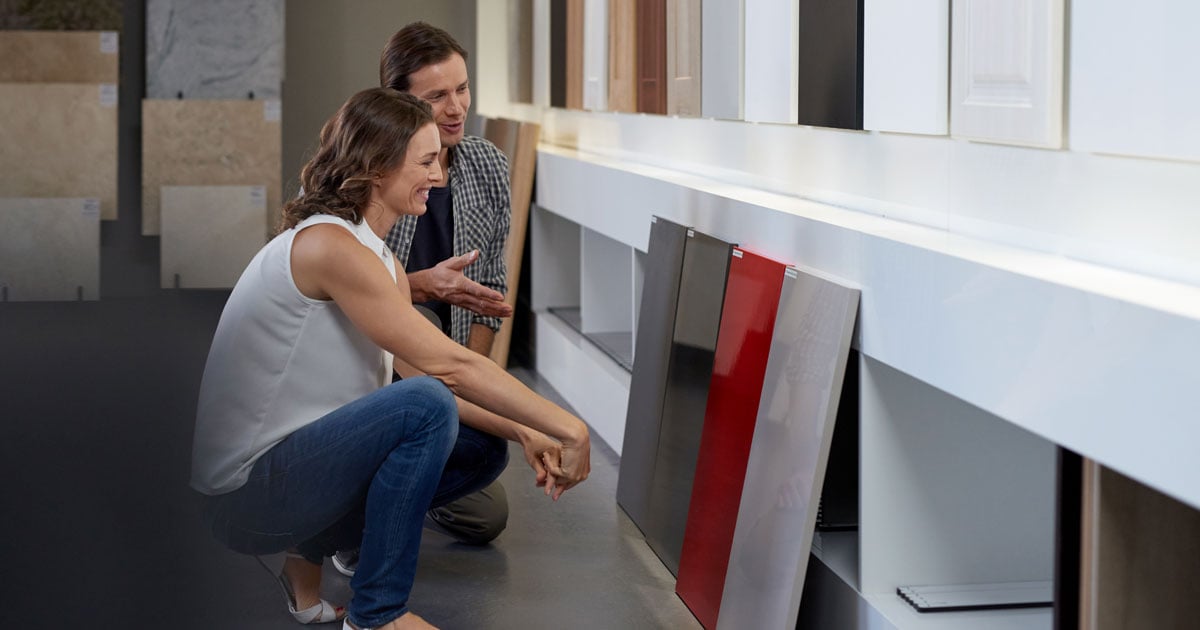In the world of custom cabinetmaking, one of the most challenging aspects can often be getting...
How to Choose the Right Cabinet Finish for Your Client's Home

The color and finish of cabinetry can have a significant impact on the overall aesthetic and atmosphere of a space. As a cabinetmaker, it's essential to understand how to choose the right cabinet finish for your client's home. In this article, we'll explore factors to consider when selecting the perfect cabinet color and finish to complement your client's style and home design.
- Assess the Space:
Before selecting a cabinet finish, evaluate the space where the cabinets will be installed. Consider factors such as the size of the room, the amount of natural light, and existing color schemes. Lighter finishes can make a small space feel larger and more open, while darker finishes can add depth and warmth to a larger room.
- Consider the Style:
Identify the design style of your client's home, whether it's traditional, modern, or transitional. This will help guide your choice of cabinet finish. For example, modern spaces often feature clean lines and neutral colors, while traditional homes may lean towards more ornate designs and richer hues.
- Wood Species:
The type of wood used for the cabinets will influence the final appearance of the finish. Different wood species absorb stains and finishes differently, which can affect the overall color and tone. Be sure to test samples on the specific wood species being used to ensure the desired result is achieved.
- Explore Finish Options:
There are various cabinet finish options to choose from, including:
- Stained: A stained finish enhances the natural beauty of the wood grain while adding color. Stains are available in a wide range of hues, from light and subtle to dark and rich.
- Painted: Painted finishes offer endless color possibilities and can create a smooth, uniform appearance. Choose from matte, satin, or glossy sheens to achieve the desired look.
- Glazed: A glazed finish involves applying a translucent color over the base stain or paint, adding depth and dimension to the cabinetry.
- Distressed: Distressed finishes involve techniques such as sanding, denting, or glazing to create an aged, rustic appearance.
- Coordinate with Other Elements:
Ensure the chosen cabinet finish coordinates with other elements in the space, such as countertops, flooring, and fixtures. Aim for a cohesive design that creates visual harmony and balance.
- Consult with Your Client:
Involve your client in the decision-making process to ensure their preferences and expectations are met. Present various finish samples and discuss the pros and cons of each option, taking their personal style and home design into consideration.
Choosing the right cabinet finish for your client's home is crucial to achieving a cohesive and visually appealing design. By assessing the space, considering the style, and exploring various finish options, you can create beautiful cabinetry that enhances the overall look and feel of your client's home.



